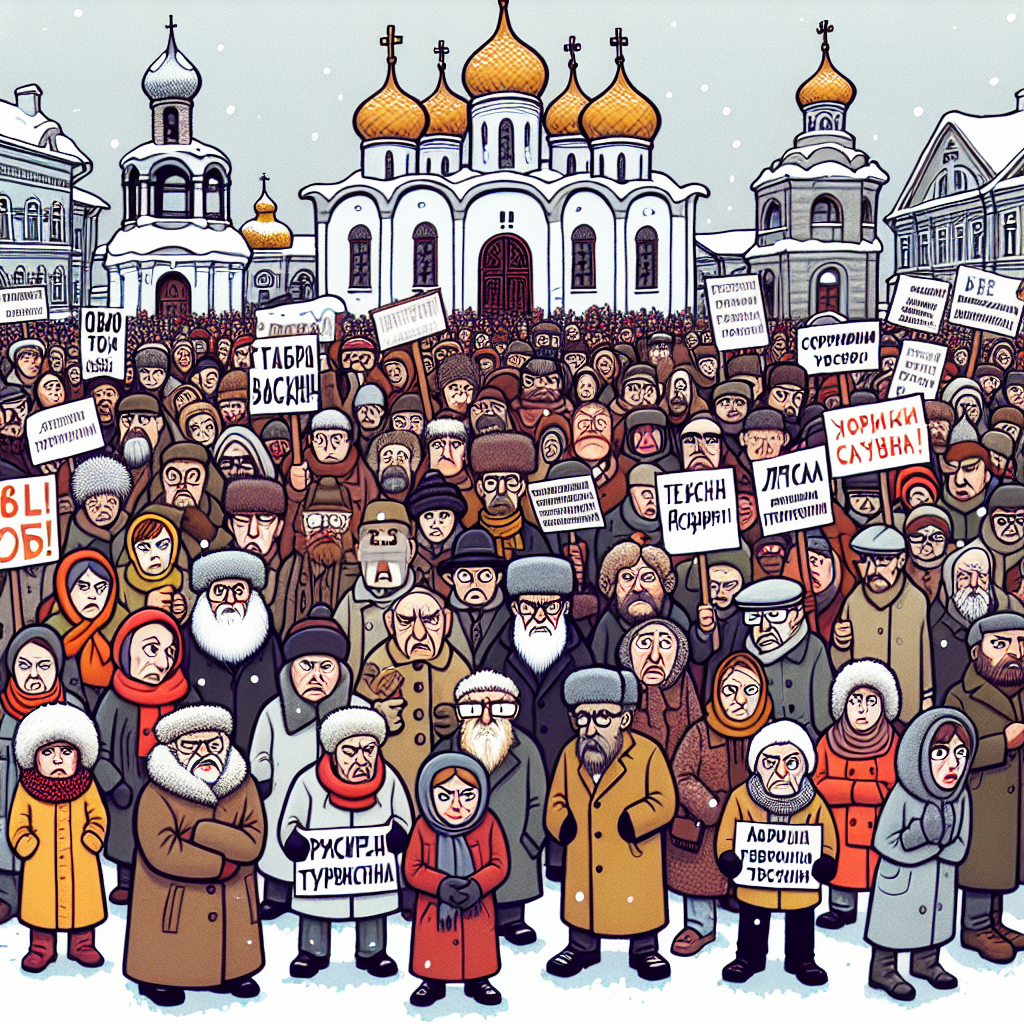Russia Tightens Wheat Export Quotas Amid Inflation Fight
Russia has drastically reduced its wheat export quota for 2025 while hiking export duties to tackle domestic inflation. The measures are part of a broader strategy to stabilize prices of staple goods, with the government also encouraging imports from friendly countries and cooperation with retailers.

Russia, the world's leading wheat exporter, has announced a significant reduction in its 2025 wheat export quota while increasing export duties. On Friday, the government implemented these measures to tackle rising inflation, cutting the export quota from 29 million to 11 million metric tons for the season running from February 15 to June 30, 2025.
The Eurasian Economic Union (EEU), which includes countries like Armenia, Belarus, Kazakhstan, Kyrgyzstan, and Russia, oversees trade policies across its member states. Russia's Agricultural Ministry has also raised wheat-export duties from December 4 to prioritize domestic supply, according to Deputy Prime Minister Dmitry Patrushev. Patrushev emphasized efforts to stabilize prices by encouraging long-term retail contracts and regional cooperation.
The government is also working to bolster food imports from countries considered friendly, while the EEU has introduced duty-free quotas for certain food imports. Analysts attribute this export quota cut to a faster-than-expected pace of exports and below-average harvests driven by unfavorable weather conditions. These strategic moves are being closely monitored by major wheat buyers such as Egypt, Iran, Turkey, Algeria, and Saudi Arabia.
(With inputs from agencies.)
- READ MORE ON:
- Russia
- wheat
- export
- quota
- inflation
- EEU
- agriculture
- duties
- import
- food prices
ALSO READ
China's Agriculture Shakeup: Tang Renjian Expelled
Anti-Corruption Crackdown: Former Agriculture Minister Expelled
India's Economic Outlook: A Balancing Act Between Growth and Inflation
Fed Chairman's Stance Pressures Equities Amid Ongoing Inflation Concerns
Britain's Inflation Challenge: Tariffs, Spending, and Economic Uncertainty










